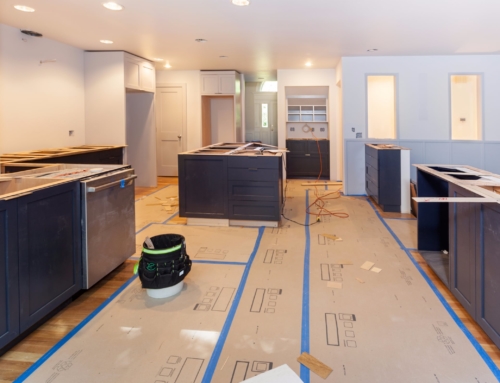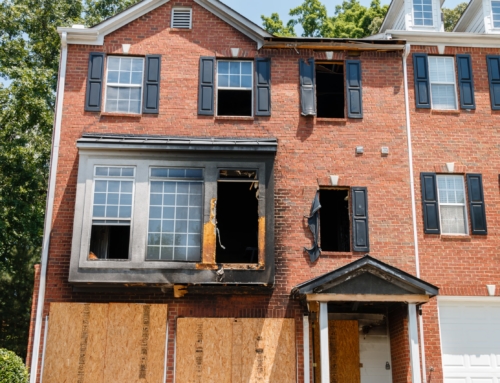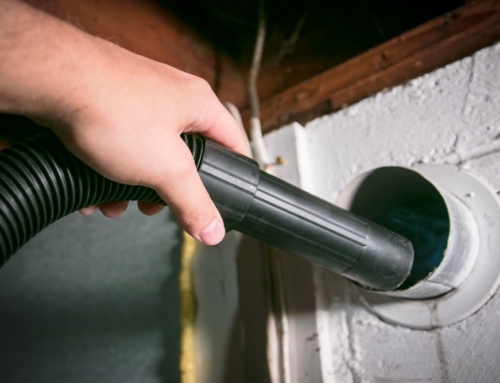Q: What are the different types of green consumers?
A: Green means different things to different people. On a very, very high level that represents our first challenge, especially in a home.
For some people green means exactly what the common use of the word is. That is being thoughtful of the environment in designing homes, kitchens and bathrooms that are more sustainable and have a lower carbon footprint.
For other people the shade of green is a little bit colored. They have different concerns about green. It may be people in their 50s. Their grandchildren ask “Grandma, grandpa what did you do that’s green in the house?” Those people are on the periphery.
For the third group, it has nothing to do with the environment but it has to do with money. If I do something to make my home more green how long is the payoff before I identify the financial benefits of it?
Q: Which is the most common?
A: It depends on the age group and the cost of the house, generally speaking the younger the buyer the more concerned they are.
Q: How old are the people concerned with the financial impact?
A: Age range runs across the spectrum.
[So the three categories of green consumers are] committed green people, dilettante green people and those concerned with rate of return of their investment.
The green movement will take a shot in the arm from the last group. Real estate is financially driven, it’s not a charitable institution, it’s a hard up against the wall capitalist environment. No one buys and builds real estate because they’re kind
People concerned about greening their homes will force the price of the widgets down.
Technology for greening, conservation, sustainability – as long as the price drops more people will buy it.
Q: Distinction between active and passive green participants
A: Do you want to passively or actively green your home?
Passively means you really don’t take part in greening or lowering of greenhouse gas emissions. You get a house that’s labeled green, filled with energy saver appliances, the structure is made of recyclables. Maybe the builder put a solar panel on roof and you live in Phoenix. You think “I don’t have to do anything but I’m still going to be able to say my appliances use 8 percent less energy and have sheet rock made of recycled materials.”
The other side of it is the active person who engages actively in conservation and greening or smart environmental living. That person will always want to conserve more. A lot of the energy bill that we have is from hot standby devices that stay on. [These include] computers or tv’s with warmers in them. Other devices in the home do that too.
April 2, 2008.






Leave A Comment